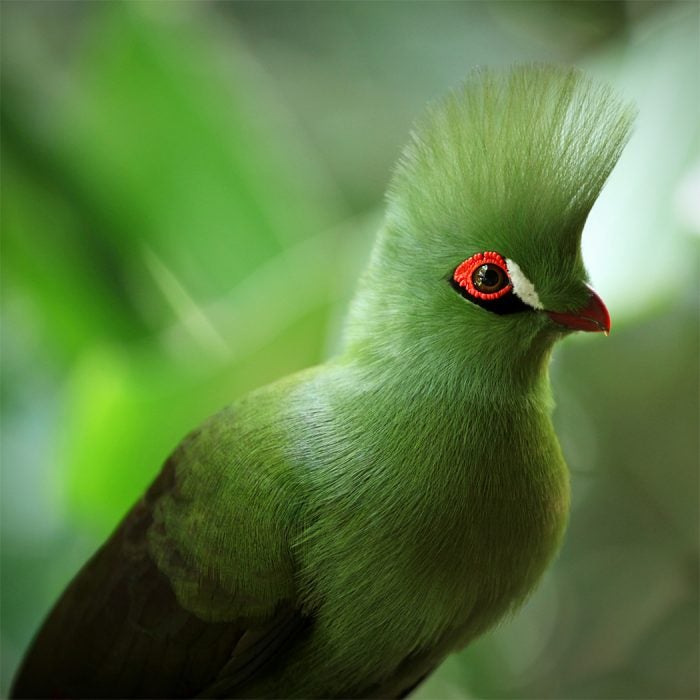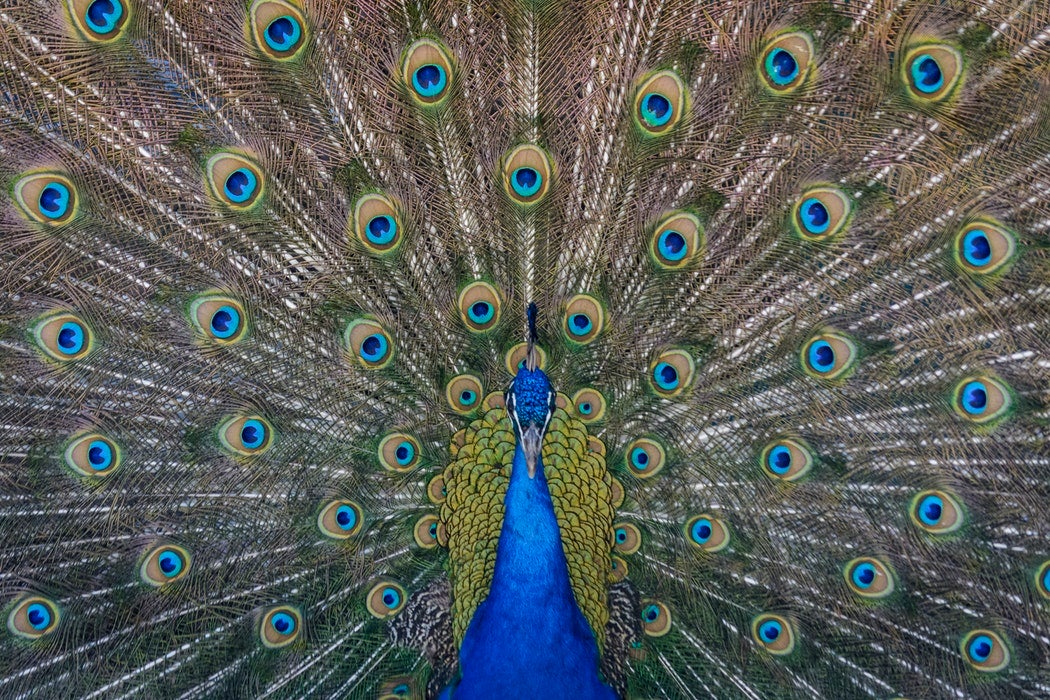Birds have some of the most spectacular coloration of any living creatures in the world. Even birds that at first glance seem drab—the common grackle comes to mind—reveal different hues under various lights. But what gives birds their spectacular colors? As it turns out, when it comes to birds, color is not always what it seems.
Take green, for example. There are many birds that appear to be brilliant green, but only one, the turaco, is truly green, colored by a unique pigment called turacoverdin. The turaco’s green is what is known as true color, derived directly from a pigment. As explained by biologist Charles L. Ralph in a 1969 American Zoologist article, all other green birds derive their appearance through structural, rather than true, color.

Structural color in birds is produced when light hits the structural features of feathers and bends the light waves. For example, barbules—tiny barbs on the feathers—and melanin grains are capable of refracting light in this way. Structural colors have a metallic sheen, often seeming to shimmer in the light.
In birds, blue is also a structural color. Blue results from a phenomenon called Tyndall scattering. Blues and purples are the shorter wavelengths of the visible light spectrum. Small particles in feathers, such as proteins, scatter these shorter wavelengths, making them more visible. (The sky appears blue for the same reason, incidentally). Sometimes melanin is present as well, enhancing the effect. So a brilliant, iridescent blue bird might actually be dark in pigment.
Weekly Digest
All in all, the amazing color variety in birds comes from a surprisingly small number of pigments. Birds’ bright reds, yellows, and oranges, for example, result from a class of pigments called carotenoids. These pigments color not only feathers but beaks, feet, and even eggs. Dark and muted hues result from melanin, also responsible for variations in human skin tone. The final pigment group is comprised of the porphyrins, not responsible for any particular color type. Often several different pigments are mixed to almost infinitely expand the color possibilities.
Whether color is true or structural, of course, makes no difference to either the birds or their admirers.







